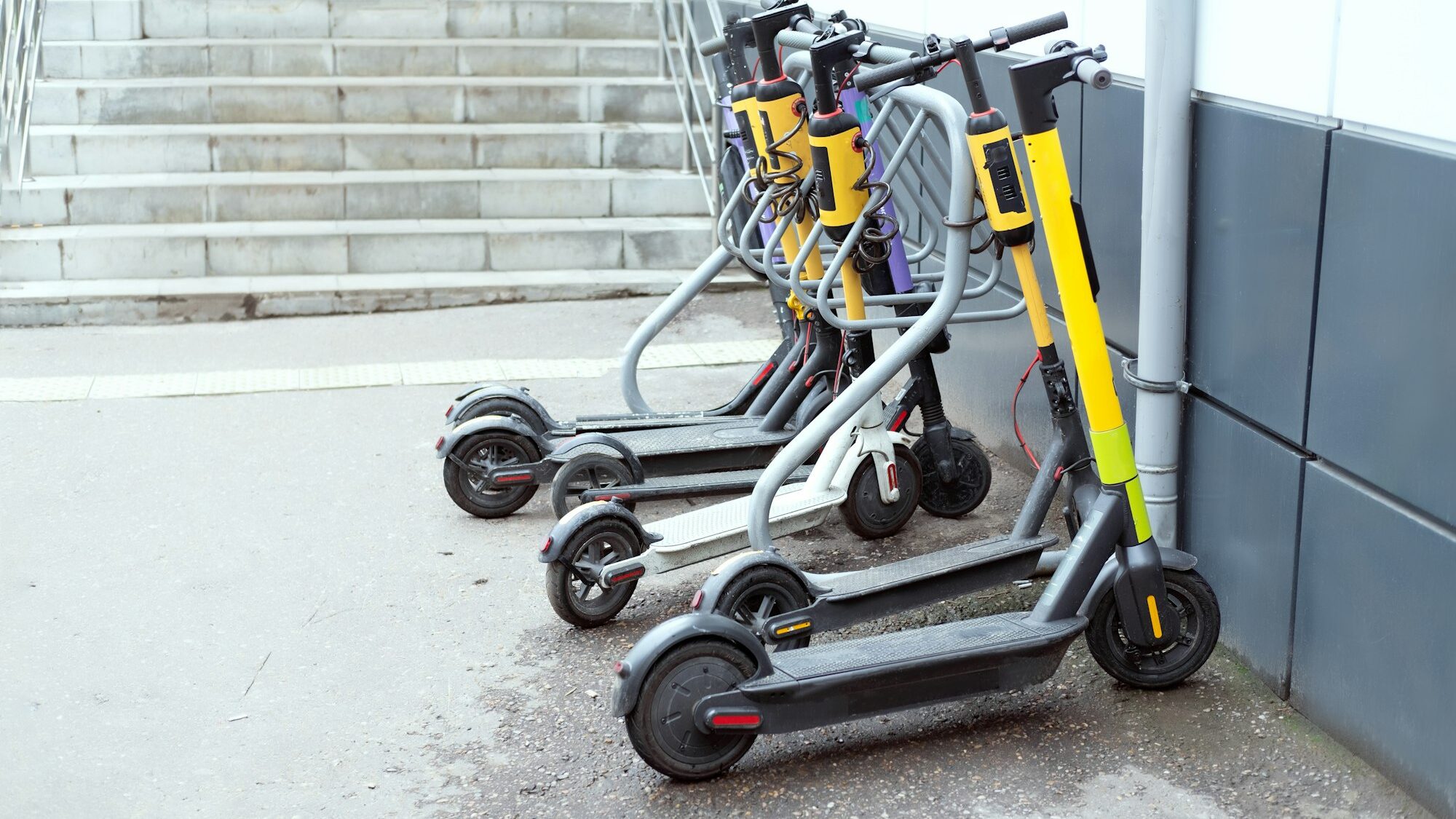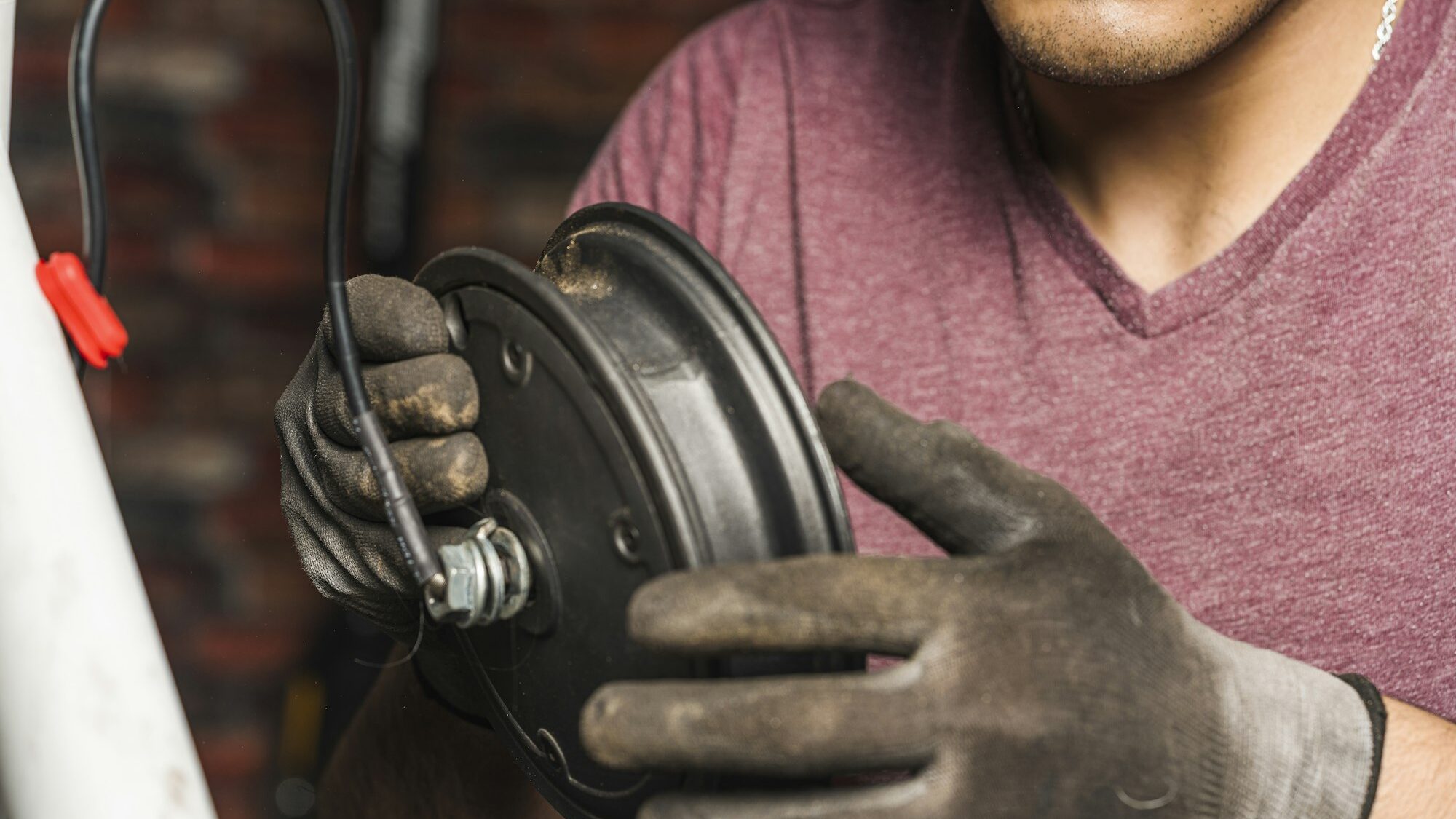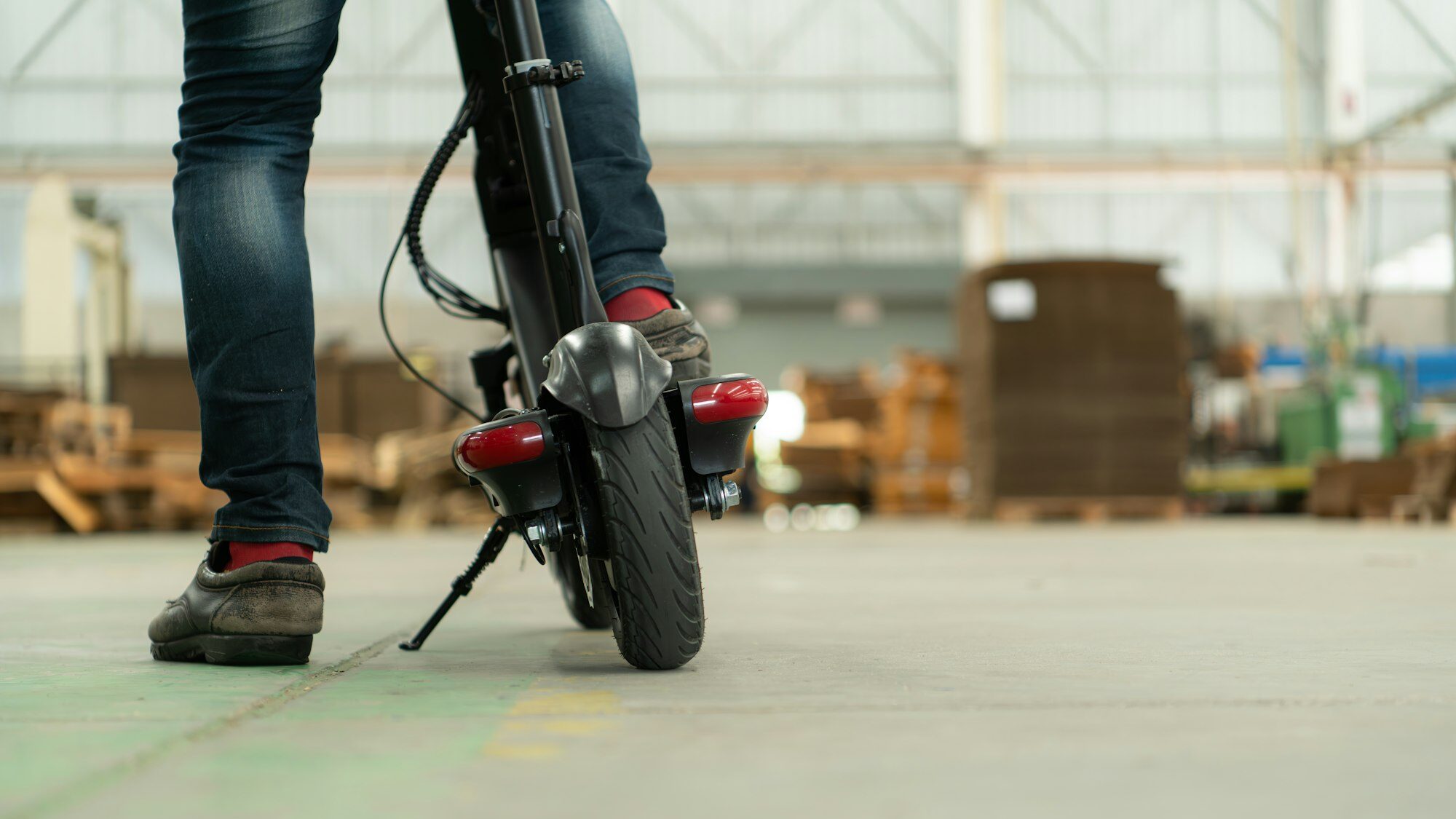Electric scooters have become a prominent feature in modern urban landscapes and major cities, offering eco-friendly and convenient modes of transportation. As demand surges, understanding where these scooters are made can provide valuable insights into their development, quality, and availability. So, where are electric scooters made, anyway?
Key factors typically considered when examining scooter manufacturing include:
- Geographical production hubs: Identifying key scooter production countries.
- Factory locations: Notable scooter factories contributing to global supply.
- Leading manufacturers: Recognizing the top companies in this industry.
- Supply chain intricacies: Understanding the scooter supply chain and production process.
The production of scooters is a highly specialized process that involves multiple stages, from the sourcing of components to assembly and quality control. Countries like China have established themselves as key players due to their advanced manufacturing capabilities and extensive components suppliers networks.
As we delve deeper into this topic, we will first focus on China’s dominant role in scooter manufacturing, followed by an exploration of other significant production countries. We will also cover the top manufacturers shaping the industry and the comprehensive processes entailed in producing a reliable scooter.
Next, we will explore in detail how China has become the hub of scooter manufacturing and how it leads in aspects such as technology, production capacity, and export dynamics.

China: The Hub of Electric Scooter Manufacturing
China is the undisputed hub of scooter manufacturing. The country has leveraged its advanced industrial capabilities, extensive supply chain networks, and competitive labor costs to dominate this burgeoning market. Several factors contribute to China’s leading position in scooter manufacturing:
Leading Manufacturers
- Xiaomi: Known for its Mi Electric Scooter, Xiaomi has become one of the top scooter brands globally.
- Ninebot: Acquired by Segway, Ninebot produces widely respected and high-quality scooters.
- Yadea: A significant player in the industry, Yadea focuses on producing scooters for both domestic and international markets.
Major Production Facilities
- Shenzhen: Often referred to as the “Silicon Valley of Hardware,” Shenzhen houses numerous scooter factories and is a critical node in the supply chain.
- Hangzhou: Home to several large-scale manufacturing plants that specialize in both assembly and quality control.
Export Capabilities
China’s robust export network allows it to supply scooters to markets worldwide. Significant export destinations include the United States, Europe, and Southeast Asia. The country’s infrastructure and logistics expertise facilitate efficient global distribution, strengthening its role as the primary scooter export country.
Supply Chain Advantages
- Component Suppliers: China boasts a vast network of scooter components suppliers, ensuring a steady supply of essential parts such as batteries, motors, and electronic controllers.
- Advanced Technology: The integration of advanced technology in manufacturing processes enhances production efficiency and product quality.
With state-of-the-art facilities and an efficient supply chain, China remains the powerhouse of scooter production. The country’s ability to continuously innovate and scale up production ensures its dominance in the industry.
In the next section, we will look at other leading scooter production countries, highlighting their contributions and unique advantages in the global market.

Other Leading Electric Scooter Production Countries
While China is the dominant force in scooter manufacturing, several other countries have also emerged as significant players in this industry. These nations contribute to the global supply with their own specialized capabilities and technological advancements.
India
- Manufacturing Growth: India has seen a rapid increase in scooter factories driven by both domestic demand and export opportunities.
- Local Brands: Companies like Ather Energy and Hero Electric are leading the charge in producing high-quality scooters.
- Government Initiatives: Policies and incentives aimed at promoting electric vehicles bolster the industry’s expansion.
Germany
- Precision Engineering: Known for its engineering prowess, Germany focuses on producing premium scooter brands with an emphasis on performance and durability.
- Key Manufacturers: Leading names such as BMW and Audi are venturing into the scooter market, bringing advanced technology and innovation.
Taiwan
- Pioneering Brands: Companies like Gogoro have revolutionized the market with their battery-swapping technology and sleek designs.
- Export Strength: Taiwan is a significant scooter export country, serving markets across Asia and beyond.
United States
- Emerging Startups: A wave of startups, including Bird and Lime, are not only deploying scooters but also collaborating with manufacturers for customized models.
- Innovation Hubs: Silicon Valley plays a crucial role in the development of smart components and software for motorized scooters and electric bicycles.
Spain
- Local Manufacturing: Spain has seen a rise in domestic production with companies like Silence and Torrot making significant contributions.
- European Market: These manufacturers primarily target the European market, taking advantage of favorable regulations and growing demand.
These countries complement China’s manufacturing capabilities and provide a diversified and resilient supply chain for scooters worldwide. By leveraging unique strengths such as advanced engineering, technology innovation, and supportive government policies, these nations play a crucial role in the global scooter ecosystem.
Next, we will delve into the top scooter manufacturers that are leading the charge in this burgeoning industry.

Top Electric Scooter Manufacturers Worldwide
The global market for scooters is populated by a range of manufacturers, each bringing unique strengths and innovations to the table. These top electric scooter manufacturers are not only leaders in the industry but also set the standards for quality, performance, and technology. Below, we highlight some of the foremost companies driving significant advancements in scooter production.
Xiaomi
- Model: Mi Electric Scooter
- Strengths: Affordable pricing and easy availability.
- Factory Locations: Primarily in China, with extensive production capacity.
Ninebot by Segway
- Model: Ninebot MAX
- Strengths: High durability and advanced technical features.
- Factory Locations: Multiple locations in China and partnerships around the world.
Gogoro
- Model: Gogoro VIVA
- Strengths: Innovative battery-swapping technology
- Factory Locations: Taiwan, with significant export operations.
Bird and Lime
- Models: Bird One, Lime-S
- Strengths: Extensive fleet operations and robust sharing platforms.
- Factory Locations: Collaborations with manufacturers in China, the United States, and Europe.
Hero Electric
- Models: Hero Photon, Hero Flash
- Strengths: Strong presence in the Indian market and increasing global reach.
- Factory Locations: India, with upcoming expansions in other markets.
Silence
- Model: Silence S01
- Strengths: Focus on sustainability and innovative design.
- Factory Locations: Spain, with a growing footprint in Europe.
These top manufacturers each leverage distinct advantages in scooter factories and technologies. From Xiaomi’s mass-market appeal to Gogoro’s cutting-edge battery solutions, these companies are shaping the future of electric mobility. They contribute not only to the volume of scooters produced but also to advancements in the manufacturing process, supply chain robustness, and overall quality.
In the next section, we will explore the intricacies of the supply chain and the production process, providing insights into how these vehicles are brought to market.

Understanding the Electric Scooter Supply Chain and Production Process
Manufacturing an scooter is a complex process that involves multiple stages, from sourcing raw materials to final assembly and quality control. Understanding the supply chain and production process provides valuable insights into how these vehicles are manufactured, ensuring efficiency and quality at every step.
Supply Chain Components
The supply chain for electric scooters encompasses various elements, each crucial to the final product:
- Raw Materials: Essential materials such as aluminum and steel are sourced for the structural framework.
- Electronic Components: Battery Capacity, dual motors, and controllers are typically sourced from specialized suppliers, often located in China.
- Software and IoT Components: Smart features like GPS tracking and Bluetooth connectivity are integrated into modern scooters.
Production Stages
The production process involves several key stages:
1. Design and Prototyping
Manufacturers start by designing and prototyping new models. This phase involves engineering teams working on the scooter’s structural integrity, battery life, and aesthetic appeal.
2. Sourcing Components
Once the design is finalized, manufacturers source necessary components from scooter components suppliers. This includes everything from batteries and motors to electronic controllers and brakes.
3. Assembly
In facilities located in major scooter production countries, components are brought together for assembly. Assembly lines often utilize automated systems to streamline the process and ensure consistency.
4. Quality Control
Quality control teams rigorously test each component and the assembled scooter to ensure it meets safety and performance standards. This includes checking battery efficiency, motor operation, and overall build quality.
5. Final Inspection and Packaging
The final stage involves a thorough inspection of each unit. After passing stringent quality checks, scooters are packaged and prepared for distribution.
Logistics and Distribution
An efficient logistics network is essential for distributing scooters to global markets. Major scooter export countries, particularly China, benefit from advanced infrastructure and shipping capabilities, ensuring timely delivery to retailers and customers worldwide.
By leveraging a robust supply chain and advanced production processes, electric scooter manufacturers can meet growing demand while maintaining high standards of quality and innovation.
Next, we will explore how quality control measures are implemented to ensure the safety and reliability of these scooters.

Quality Control in Electric Scooter Manufacturing
Quality control is a critical aspect of scooter manufacturing, ensuring that each scooter meets stringent safety and performance standards. Given the complexity and technical nature of these vehicles, manufacturers implement robust quality control measures throughout the production process.
Stages of Quality Control
- Incoming Material Inspection: Quality control begins with the inspection of raw materials and components sourced from scooter components suppliers. This ensures that only high-quality materials are used in the manufacturing process.
- In-Process Inspections: During assembly, periodic inspections are conducted to check for defects in components and sub-assemblies. This stage is crucial for identifying issues early and preventing faulty scooters from reaching the final production stage.
- Final Product Testing: Once assembly is completed, each scooter undergoes extensive testing. Key areas of focus include battery life, motor performance, braking systems, and electronic controls. These tests ensure the scooter operates safely and efficiently under various conditions.
Testing Methods
Manufacturers employ a variety of testing methods to ensure the reliability and safety of their scooters:
- Battery Performance: Batteries are tested for longevity, charging efficiency, and thermal stability. Ensuring that the battery performs optimally is vital for user safety and satisfaction.
- Motor Efficiency: Motors are tested for torque, speed, and energy consumption. These tests ensure the motor can handle different terrains and user weights effectively.
- Durability Testing: Scooters undergo stress tests to evaluate their structural integrity and resilience to wear and tear. This includes testing the frame, wheels, and suspension systems.
- Environmental Testing: Scooters are subjected to extreme temperatures, humidity, and water resistance tests to ensure they can operate effectively in various climates.
Compliance and Certification
- Industry Standards: Leading manufacturers adhere to international standards such as ISO 9001 for quality management and ISO 14001 for environmental management. These certifications demonstrate a commitment to quality and sustainability.
- Regulatory Approvals: Scooters must comply with local and international regulations, including safety certifications and emission standards. This ensures they are safe for use in different markets.
Continuous Improvement
Quality control is an ongoing process that involves regular reviews and updates. Manufacturers constantly analyze inspection data to identify trends and areas for improvement. Feedback from users and advancements in technology also drive continuous enhancements in the manufacturing and quality control processes.
Effective quality control measures are essential for maintaining the trust of consumers and ensuring the longevity of scooter brands in the market. Manufacturers can offer reliable and sustainable transportation solutions by prioritizing safety and performance.
In the concluding section, we will summarize the key points and discuss the future outlook of electric scooter manufacturing.
Conclusion: Where are Electric Scooters Made?
The landscape of scooter manufacturing is diverse and dynamic, with multiple countries and manufacturers playing significant roles. China leads the market, bolstered by its advanced scooter factories and extensive supply chains, but other nations like India, Germany, Taiwan, and the United States are also making impactful contributions.
Examining where electric scooters are made provides us with valuable insights into the complexities of the scooter supply chain and production process. Key production countries benefit from strong manufacturing infrastructures, technological expertise, and innovative approaches to design and functionality.
Understanding the leading manufacturers illuminates the various strategies companies employ to meet consumer demand, ranging from Xiaomi’s affordability to Gogoro’s advanced battery technology. These manufacturers ensure their products live up to high performance and safety standards through rigorous quality control measures.
As the demand for sustainable and efficient urban transportation solutions continues to grow, the scooter industry will likely see further advancements in production techniques, supply chain efficiency, and global market reach. Continuous improvements in quality control and component sourcing will ensure that scooters remain reliable, safe, and accessible to a broader audience.
In conclusion, knowing where scooters are made fosters a better understanding of their development, quality, and the factors influencing their availability. The future of electric scooter manufacturing looks promising, with global collaborations and technological innovations paving the way for more sustainable urban mobility solutions.